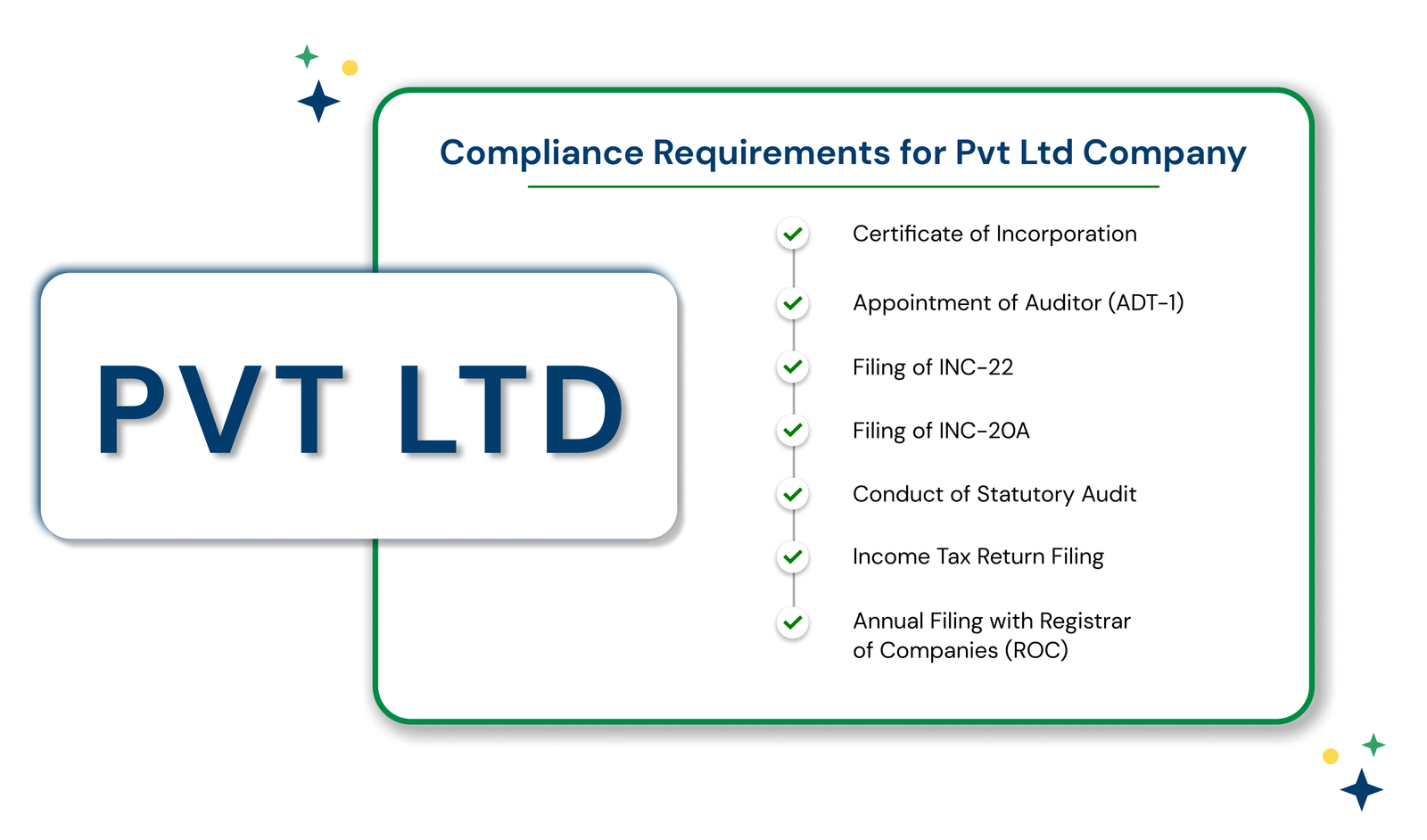De-Merger: Strategic Business Restructuring & Legal Compliance
Updated as per Companies Act, 2013 – 2024
- No Hidden Charges
- Lowest Price Guarantee
No Hidden Charges
Lowest Price Guarantee
- Home
- Compliance & Accounting
- Demerger
Four Steps to Get Your Incorporation Certificate
Fill the Form
Provide business details
Add to cart
Pay the required fee online
Submit Documents
Upload required papers
Certificate delivery
Official Document Delivery
Find the best plan for your needs
What is a Merger?
A de-merger is when a company splits part of its business into a separate entity. This helps businesses focus on their core operations, improve efficiency, and create better opportunities for growth.
De-mergers are commonly used when:
✅ A company wants to separate different business divisions.
✅ Investors prefer independent companies for funding.
✅ A business wants to improve management control.
✅ Regulatory rules require restructuring for compliance.
De-mergers in India are regulated by the Companies Act, 2013 (Sections 230-232), Income Tax Act, SEBI Regulations, Competition Act, and FEMA Rules. Approval from the National Company Law Tribunal (NCLT) is required in most cases.

Types of De-Mergers
As per Companies Act, 2013 & Tax Laws

Horizontal De-Merger

Vertical De-Merger

Equity-Based De-Merger

Cash-Based De-Merger

Reverse De-Merger

Fast-Track De-Merger
Latest Updates
Fast-Track De-Mergers – Small and private companies can opt for an expedited de-merger process under Section 233 of the Companies Act, 2013.
Tax Neutrality & Benefits Extended – Companies meeting the prescribed conditions under Section 47 of the Income Tax Act, 1961 can now claim tax exemptions.
Cross-Border De-Mergers – Updated FEMA Regulations allow more flexibility for de-mergers involving foreign entities.
SEBI Guidelines for Listed Companies – Mandatory public disclosures and impact assessment on minority shareholders.
Why Opt for a De-Merger?
Need to Update
Better Business Focus
Separates different divisions for independent growth.
Higher Shareholder Value
Investors get clearer ownership and better valuation.
Better Investment Opportunities
Helps attract funds for different business units.
Legal & Tax Benefits
Can be tax-free under Section 47 of the Income Tax Act, 1961.
Regulatory Compliance
Helps businesses meet government rules and avoid penalties.
Documents Required for De-Merger
Need to Update
Board Resolution Approving the De-Merger
NCLT & ROC Filings (Form CAA-1, NCLT-1, INC-28, etc.)
Scheme of Arrangement (Drafted by Legal Experts)
Valuation & Financial Reports
Shareholder & Creditor Consent Forms
Regulatory Approvals (If Required – SEBI, CCI, FEMA, etc.)
De-Merger Process
As per Companies Act, 2013 & NCLT Guidelines

- The company’s Board of Directors approves the de-merger.
- A Scheme of De-Merger is prepared by financial & legal experts.
- A petition is filed with NCLT (Form NCLT-1 & Form CAA-1).
- Documents submitted include:
- Shareholder & Creditor Agreement
- Valuation & Financial Statements
- Tax & Regulatory Compliance Reports
- Separate meetings with shareholders and creditors are held.
- At least 75% approval is required.
- Listed Companies – Need SEBI approval.
- Large Companies – May need clearance from CCI.
- Cross-Border De-Mergers – Require RBI & FEMA approval.
- NCLT reviews and approves the de-merger scheme.
- The new company files documents with the Registrar of Companies (ROC).
- Business registrations, bank accounts, and tax filings are updated.
Note: Estimated Time for Completion: 6-9 Months.
Legal Framework Governing De-Mergers in India
Need to Update
Penalties for Non-Compliance
Failure to get regulatory approvals – The de-merger may be declared invalid.
Tax non-compliance – The company may lose tax benefits and face penalties.
Delays in ROC filings – Heavy fines under the Companies Act, 2013.
Ensuring proper documentation and legal compliance is critical for a smooth de-merger.
Frequently Asked Questions
What is a demerger?
A demerger involves splitting a company into two or more entities, typically by transferring divisions or subsidiaries from the original company to new or existing companies. The aim is to streamline operations, focus on core business activities, or increase shareholder value.
Why do companies undergo demergers?
Companies pursue demergers to address various strategic needs, including enhancing focus on core businesses, unlocking hidden shareholder value, addressing regulatory requirements, or improving operational efficiency.
What are the types of demergers?
Demergers can be classified into three main types: spin-offs, where a division becomes an independent company; split-offs, where shareholders can exchange parent company shares for shares of the new entity; and split-ups, where the entire company is divided into two or more independent companies.
How is a demerger different from a spin-off?
A demerger is a broader term that includes various forms of corporate splits (including spin-offs). A spin-off specifically refers to a scenario where a company creates an independent company by allocating shares of the new company to its existing shareholders.
What are the benefits of a demerger?
Benefits include increased operational focus, potential tax advantages, enhanced investor appeal through clearer business models, and potentially higher combined market valuation of the separated entities.
What challenges are associated with demergers?
Challenges can include complexities in separating assets, liabilities, and operations, potential loss of synergies, costs of creating new corporate entities, and disruptions during the transition period.
How does a demerger impact shareholders?
Typically, shareholders of the parent company receive proportional shares in the newly formed entity, preserving their overall investment across the separated companies, potentially leading to increased total value.
What regulatory approvals are required for a demerger?
Demergers generally require approval from shareholders, boards of directors, and sometimes regulatory bodies, depending on the industry and jurisdictions involved. Legal filings must also be made with relevant corporate registries.
How are assets and liabilities divided in a demerger?
Assets and liabilities are apportioned based on negotiated terms, often attempting to equitably split resources according to the business operations being separated, while considering the future viability of all entities involved.
What should companies consider when planning a demerger?
Companies should carefully evaluate the strategic rationale, tax implications, legal requirements, impact on stakeholders, and market conditions. Planning should involve thorough financial and operational analysis to ensure the demerger creates value.








